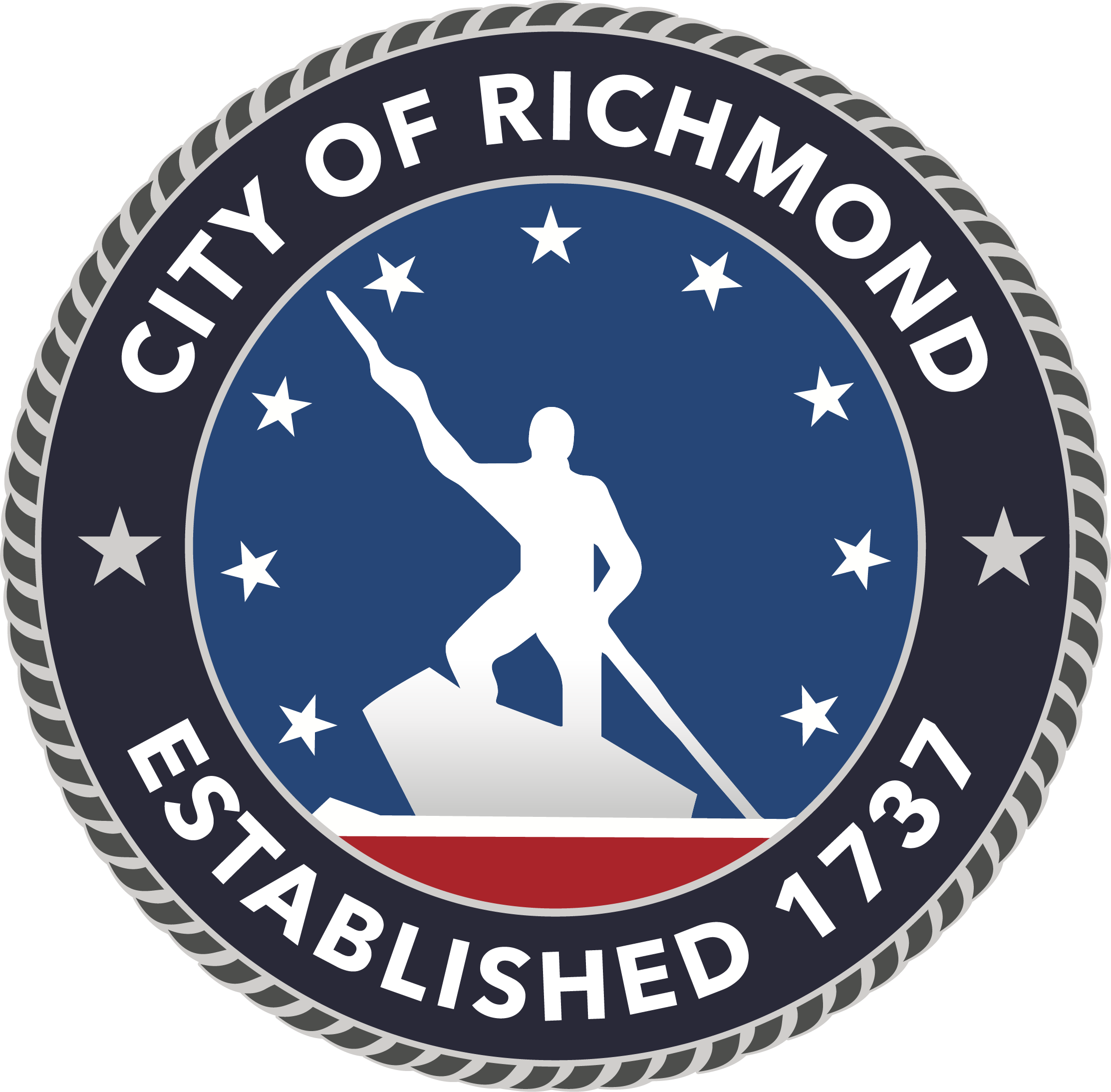As temperatures drop, it’s important to winterize your sprinkler system before freezing weather hits. Waiting too long can lead to burst pipes, flooding and expensive repairs in the spring. When water is left inside your sprinkler lines, valves or backflow device, it freezes and expands. That pressure can split or crack pipes, even those buried underground. Many people assume their sprinkler pipes are safe because they’re below the frost line. However, in most yards, sprinkler lines aren’t buried deep enough to be protected from the cold.
Why You Should Winterize
Failing to winterize can cause:
- Cracked pipes or valves
- Leaks and flooding
- Costly repairs in the spring
- Higher water bills from unnoticed damage
Step-by-Step: How to Winterize for Beginners
1. Turn Off the Water Supply
Locate the main shutoff valve for your sprinkler system. It’s usually near your home’s water meter or inside a basement or crawl space. Turn the valve clockwise to shut it off. If the valve is outside, wrap it with foam insulation or a towel inside a plastic bag to protect it from freezing.
2. Turn Off or Adjust the Controller
Your sprinkler controller (the box that runs your watering schedule) should be turned off for the season.
Option 1: Set it to “Rain Mode” to keep all settings saved while preventing the system from running.
Option 2: Unplug the controller completely. You’ll need to reset the time and date in the spring.
3. Drain the Water from the System
Water left inside pipes is the main cause of winter damage. There are two main ways to remove it:
- Manual Drain Method
- Locate the manual drain valves, which are typically located at the lowest points of your system, usually in the basement or crawl spaces. Open them to let the water flow out. Once drained, close the valves.
- Automatic Drain Method:
- Some systems have automatic drain valves that open when water pressure drops. After turning off the main water valve, run one sprinkler zone briefly to relieve pressure. The automatic valves will open and release the water.
4. Detach and Store Hoses
Remove any hoses connected to outdoor faucets and store them indoors. This prevents freezing and extends their lifespan.
Act Now Before It’s Too Late
Winterizing early protects your sprinkler system, saves you from costly repairs and ensures your system will work perfectly come spring. Don’t wait for the first freeze; winterize your sprinkler system today to protect your home and your wallet.







